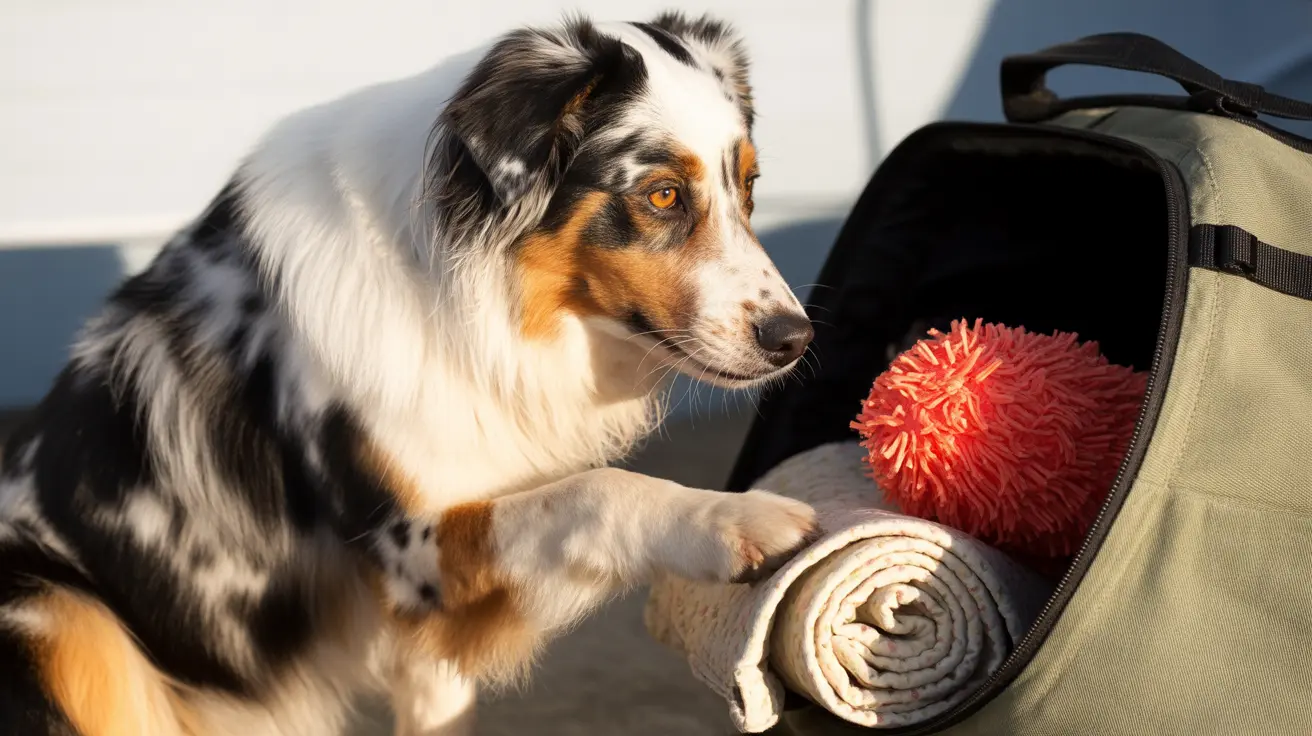Can Flea Eggs Spread to Humans?
Fleas are tiny, wingless insects that survive by feeding on the blood of animals. While they prefer animals such as dogs and cats, they can also bite humans, leading to discomfort and, in rare cases, disease.
Understanding Flea Eggs
Flea eggs are tiny, oval-shaped, white to off-white specs, about 0.5 mm in size—comparable to grains of salt. Female fleas lay these eggs after feeding on a host, generally depositing them directly on the animal. However, eggs tend to fall into the environment, contaminating bedding, carpets, upholstery, and cracks in the floor.
The Flea Life Cycle
- Egg: Laid on the host but fall off shortly afterward into the surrounding environment. They hatch within 2–14 days depending on temperature and humidity.
- Larva: Feed on organic debris, avoid light, and hide in carpets or crevices.
- Pupa: Encapsulated in cocoons that can remain dormant for months until stimulated by movement or warmth.
- Adult: Emerges from the cocoon and seeks a blood meal from a host.
Can Flea Eggs Infect Humans?
No, flea eggs themselves do not infect or spread to humans. However, they can develop into adult fleas that bite both pets and people. Human exposure comes from these bites, which can cause:
- Itchy red bumps, especially around the ankles
- Allergic reactions in sensitive individuals
- Secondary infections from scratching
- Diseases such as murine typhus, cat scratch disease, and, in exceedingly rare cases, plague
How to Identify Flea Eggs
To confirm if the white debris you find is flea eggs or not, perform this test:
- Place the debris on a white paper towel
- Add a few drops of water
- Flea dirt (waste) will turn reddish-brown from digested blood, but eggs remain white and unchanged
Managing a Flea Infestation
A comprehensive approach is essential when tackling flea problems to avoid recurrence. Here’s a breakdown:
1. Treat Your Pets
- Use veterinarian-approved flea preventatives (oral, topical, or collars)
- Bathe pets with anti-flea shampoo
- Comb fur with fine-toothed flea combs, dipping it in soapy water between strokes
2. Clean Your Home
- Wash all bedding and toys in hot water (above 95°F/35°C) and dry on high heat
- Vacuum extensively: carpets, floors, furniture, baseboards. Discard vacuum bags after use
- Steam-clean carpets and upholstery
- Mop hard floors and clean hidden areas like under furniture
- Repeat cleaning over several weeks as flea life cycles continue
- Use environmental sprays with IGRs (Insect Growth Regulators) on all suspected areas
3. Outdoor Control
- Mow lawns and trim foliage regularly
- Discourage wildlife like rodents and raccoons that carry fleas
- Use outdoor IGR sprays on shaded or frequently visited pet areas if infestation is severe
4. Natural Alternatives (Use with Caution)
- Diatomaceous earth (food-grade) kills fleas by dehydration
- Essential oils: Cedarwood and neem may deter fleas but can be toxic to pets if not used properly
- Soapy water traps reduce flea populations by luring and drowning them
- Home remedies like vinegar and coconut oil may repel but not eliminate fleas
- Salt: Finely ground salt may dry fleas and eggs; test for pet sensitivity first
Long-Term Prevention
- Apply monthly flea prevention treatments to all pets year-round
- Clean bedding and vacuum regularly even after controlling the infestation
- Consult a veterinarian or pest control expert for persistent problems
Conclusion
Flea eggs cannot directly affect humans, but they can hatch and lead to recurring infestations that do. Therefore, it is vital for pet owners to maintain both pet and environmental hygiene. Combined treatment and consistent prevention are the cornerstones of effective flea control.





